Ford bares plans for sourcing, battery capacity, and raw materials

Ford has made an announcement regarding its plans for battery capacity and raw materials. A series of initiatives have been laid out by the Blue Oval brand that should allow it to reach its targeted annual run rate of 600,000 electric vehicles by late 2023 and more than two million by the end of 2026.
KEY TAKEAWAYS
What is Ford's targeted EV run rate by 2023?
Ford has a targeted annual run rate of 600,000 electric vehicles by late 2023 and more than two million by the end of 2026.What companies is Ford working with to achieve its abovementioned target?
Per Ford, it is currently working with companies like Contemporary Amperex Technology Co., Ltd. (CATL), LG Energy Solution (LGES), and SK On.What mining companies did Ford tap to further secure its battery requirements?
According to Ford, it has signed MOUs with mining companies like Vale Canada Ltd., PT Vale Indonesia, Huayou Cobalt, and BHP.What are the EVs that are included in Ford's ambitious 600K EV run rate?
EV models that make up Ford's targeted run rate include the Mustang Mach-E, F-150 Lightning, the Ford Transit EV, and an all-new SUV for Europe.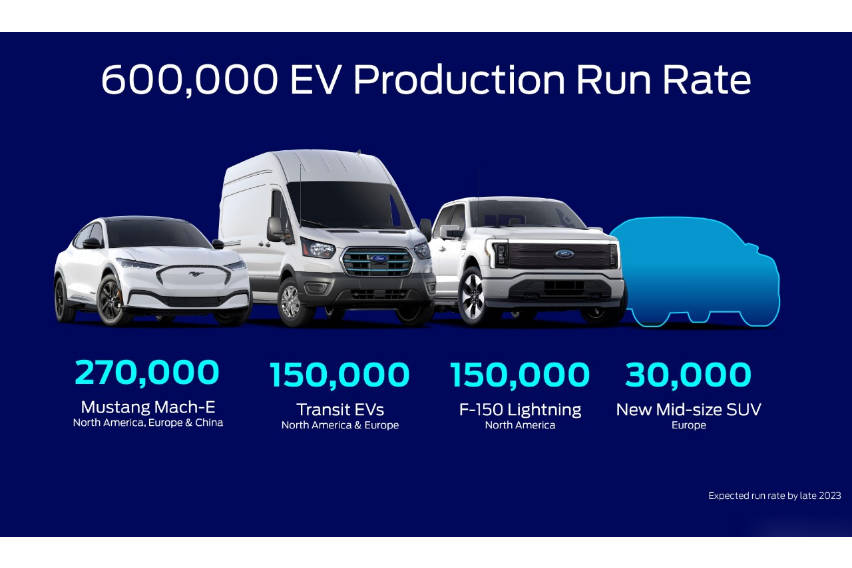
To achieve the company’s abovementioned 600K EV run rate, it plans to produce 270,000 Mustang Mach-Es for North America, Europe, and China; 150,000 F-150 Lightnings for North America; 150,000 Transit EVs for North America and Europe; and 30,000 units of an all-new SUV for Europe.
“Ford’s new electric vehicle lineup has generated huge enthusiasm and demand, and now we are putting the industrial system in place to scale quickly. Our Model e team has moved with speed, focus, and creativity to secure the battery capacity and raw materials we need to deliver breakthrough EVs for millions of customers,” said Ford President, CEO, and President of Ford Model e Jim Farley.
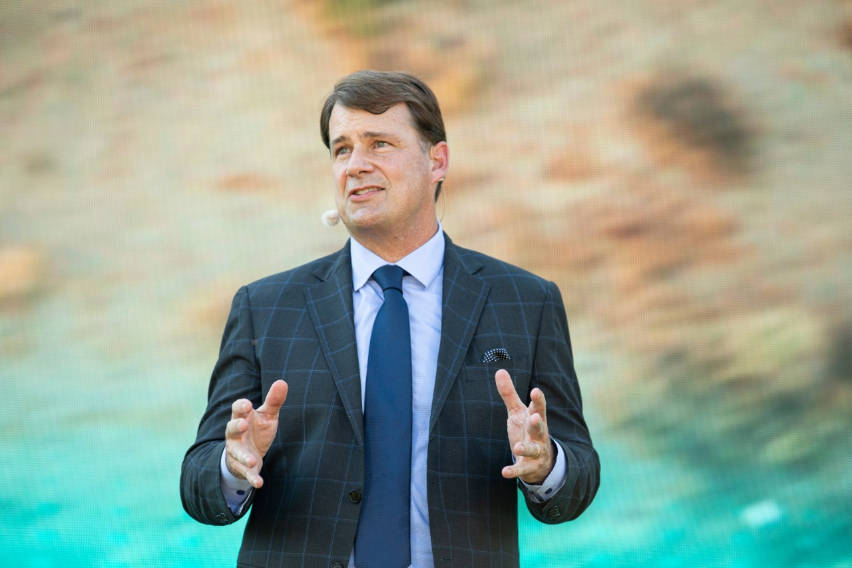
One of these initiatives is to include lithium iron phosphate (LFP) cell chemistry, alongside its existing nickel cobalt manganese (NCM) chemistry, in its portfolio. According to the Dearborn-based automotive brand, this will help create even more capacity for high-demand products and provides customers many years of operation with minimal range loss.
In addition, the inclusion of LFP cell chemistry in Ford’s portfolio will reduce the brand’s reliance on scarce critical minerals such as nickel and, at current costs, brings a 10 to 15 percent bill of material savings for Ford versus NCM batteries.
As for the aforementioned 600K EV run rate, Ford confirms that it has secured 100 percent of the annual battery cell capacity needed to support the projected production target by working with leading battery companies around the globe.
Ford has tapped on companies like Contemporary Amperex Technology Co., Ltd. (CATL), LG Energy Solution (LGES), and SK On.
CATL will provide Ford full LFP battery packs for Mustang Mach-E and F-150 Lightning models in North America while LGES will support incremental NCM cell production for Mustang Mach-E and E-Transit models in Europe.
SK On, on the other hand, will support the scaling of Ford’s high-volume F-150 Lightning and E-Transits.
Ford also revealed that it has sourced approximately 70 percent of the battery cell capacity it needs to support an annual global run rate of more than two million EVs by late 2026. Driving towards the realization of this target, Ford reveals that it struck a separate non-binding MOU with CATL to explore a cooperation for supplying batteries in Ford’s markets across China, Europe, and North America.
Similarly, Ford signed an additional MOU with SK On as well as Koç Holdings to create a joint venture in Turkey for expanded battery capacity there.
“Our team has been actively engaged with partners in the United States and around the world. We will move fast in the key markets and regions where critical supplies are available, meeting with government officials, mining companies and processors and signing MOUs and agreements that reflect Ford’s ESG expectations and underpin Ford’s plan to bring EVs to millions,” said Ford Model e Vice President for EV Industrialization Lisa Drake.
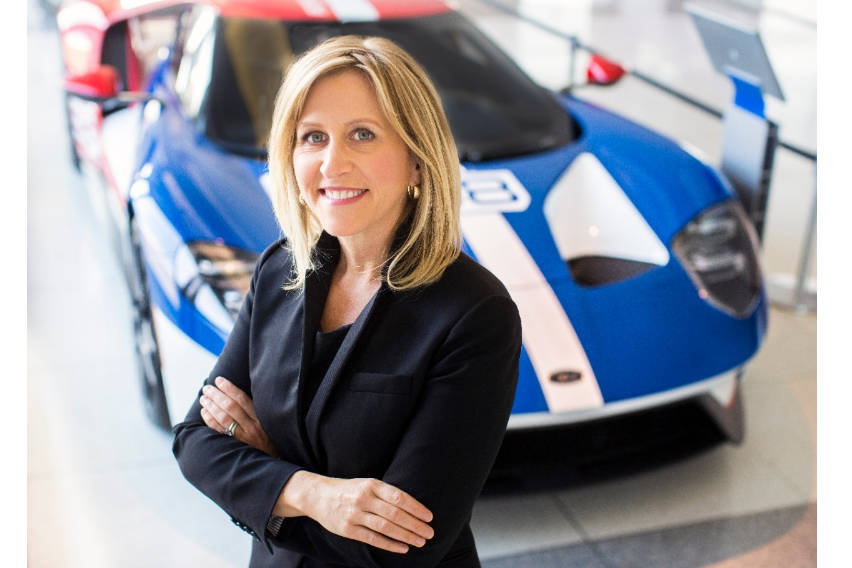
Furthermore, Ford is now working major mining collaborators and has signed MOUs with companies like Vale Canada Ltd., PT Vale Indonesia, Huayou Cobalt, and BHP.
The American automaker also revealed that it has locked several key lithium contracts Liontown Resources, as well as a non-binding MOU with Rio Tinto, EcoPro BM, ioneer, Compass Minerals, and Syrah Resources.
“It’s a very competitive landscape. These collaborators see value in the strong demand we have created with exceptional products like Mustang Mach-E and F-150 Lightning and the stability we can bring to these relationships. We are excited to work with them — and others we haven’t yet announced — to build this new global supply chain for Ford,” Drake added.
Ford also has initiatives laid out for its European arm. The Ford Cologne Niehl Plant is currently undergoing major construction updates to prepare for the production of electric vehicles, starting in 2023.
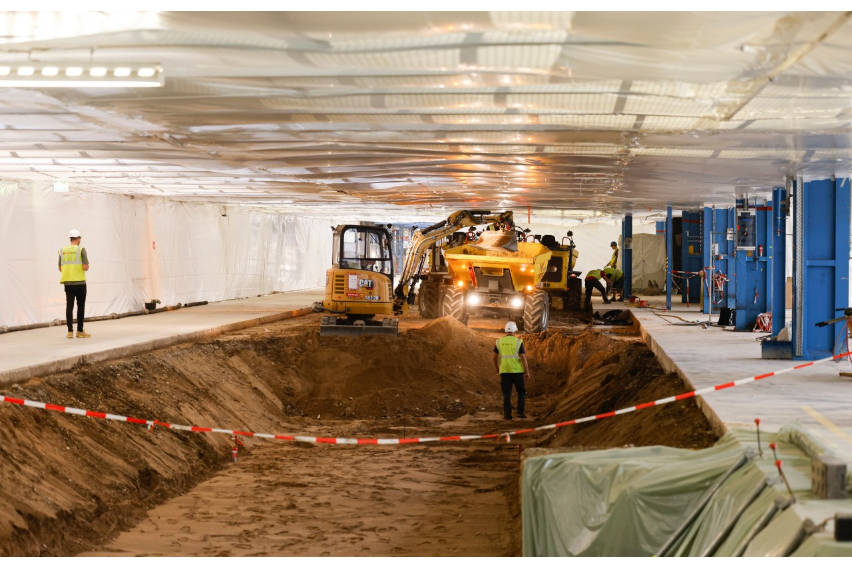
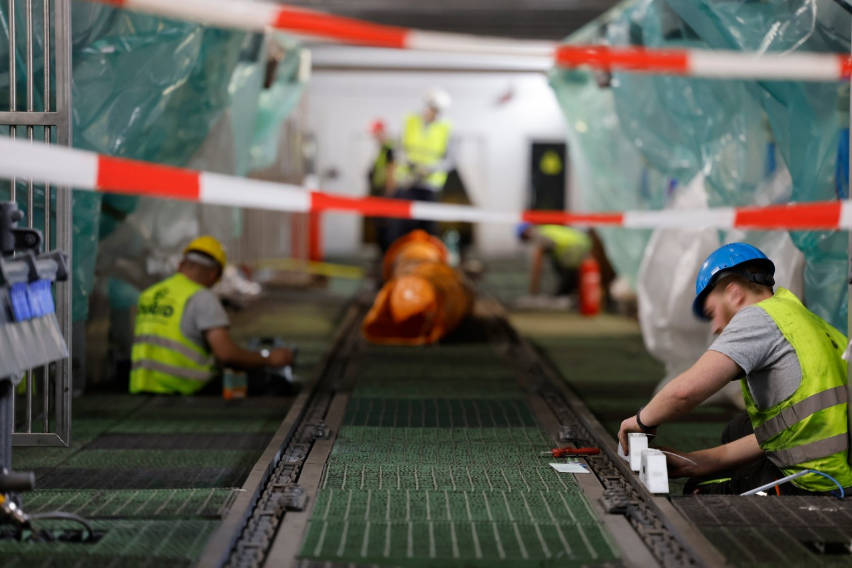
The first electric passenger vehicle is expected to roll-off the Cologne production line in 2023, with a second EV model to be built starting in mid-2024. Annual volume at the new plant is expected to reach 200,000 vehicles per year.
Photos from Ford
Also read:
Ford at Goodwood: Electric SuperVan, ‘Very Gay Raptor’ to be presented
Ford to reveal 2nd commercial EV for Europe
Next-gen Ford Ranger packs next-level on- and off-road features
Featured Articles
- Latest
- Popular
Recommended Articles For You
Featured Ford Cars
- Latest
- Upcoming
- Popular
Ford Car Articles From Zigwheels
- News
- Article Feature
- Road Test
